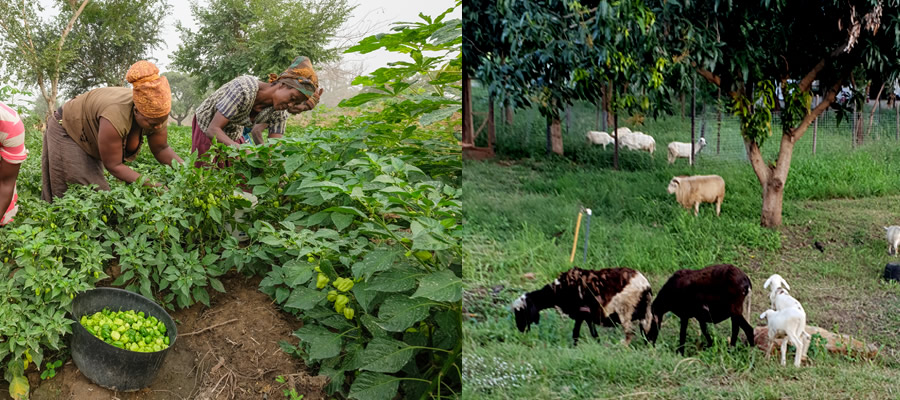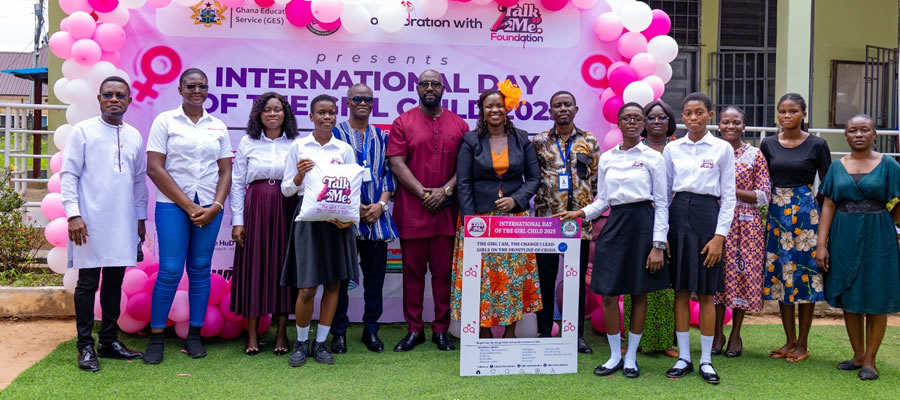

A peculiar characteristic of the education sector in the Ga West Municpal is that there are significant numbers of private educational institutions operating along side the public institutions. Available statistics show that, there are 910 private schools compared to 349 public institutions in the various levels of education.
Among the Religious bodies in the delivery of basic education are the Methodist Church – 18 basic schools, Presbyterian - 26; Anglican - 14; Romans Catholic 11, Islamic - 6; S.D.A - 2; and AME Zion -1
From the statistic above it is evident that the number of private institutions outweighs those of the public. This could have a direct bearing on the quality of teaching and learning especially, at the primary, JSS and SSS Levels. It is also pertinent to note that out of the total number of 349 public basic schools 50 of these are in the rural and deprived areas of the district.
Enrollment figures in the urban and peri-urban area are very high. The same trend applies to staffing where fewer teachers are found in the deprived area. It is therefore clear that whilst there is over-enrollment in the urban and peri-urban school there is a disproportional under-enrollment in the rural and deprived schools. In addition to the afore-mentioned observations, it must be emphasized that most of the private educational institutions are located in the urban and peri-urban communities whilst very few of these private schools are found in the rural areas the obvious reason institutions.
The pupil teacher ratio levels is as follow:
Primary - 1:35
J.S.S - 1:24
S.S.S - 1:20
The figures fall within the national ration 1:35 for Primary, 1:24 for JSS and 1:20 for SSS. This situation is due to the fact that the over-enrollment in the urban schools coupled with the high number of staff counter the under-enrollment in the rural schools with fewer teachers. The ratio may therefore not be a true reflection on the situation on the ground.
There are four Senior Secondary Institutions in the district namely; St. John’s Grammar School, Ngleshie Amanfro SSS, Amasaman SSS/Technical and Odorgonno Secondary school.
The literacy rate according to the latest Criterion Reference Test conduction is 55.99% Literacy and 54.01% Numeracy compared to the national figures of 60% Literacy and 45% Numeracy. The comparatively low literacy rate is largely consequent to the irregular attendance in the rural schools due to poverty.
The physical structures of majority of the school infrastructure in the district are in acceptable conditions with the exception of a few structures that requires rehabilitations works. However, there is need to refurbish and require a number of J.S.S workshops both in the rural and urban communities. School furniture requirement for most of the urban schools has greatly improved. Attention is now being focused on meeting the needs of the rural institutions. The security situation in most of schools is also inadequate. This has led to the misuse of school facilities and theft of workshop tools equipment and furniture.
Educational attainment
While literacy can be acquired through reading and private informal channels, the formal schooling system remains the best process for improving assess to information and broadening the horizon of the people. The proportion of the population (3 years and over) in pre-school is encouraging and a reflection of the significant role these pre-school institutions play in providing child care services and giving the children a jump-start towards the preparation for entry into primary level of basic education.
As compared with the national average of 18.6 percent, the district has a smaller proportion (6.2%) of the population that attained primary education at the highest level. This is encouraging, however there should still be the challenge for the full implementation of the FCUBE programme, since the effects of education do not begin to manifest until beyond the basic level.
Date Created : 11/20/2017 7:02:03 AM










 facebook
facebook
 twitter
twitter
 Youtube
Youtube
 +233 593 831 280
+233 593 831 280 0800 430 430
0800 430 430 GPS: GE-231-4383
GPS: GE-231-4383 info@ghanadistricts.com
info@ghanadistricts.com Box GP1044, Accra, Ghana
Box GP1044, Accra, Ghana